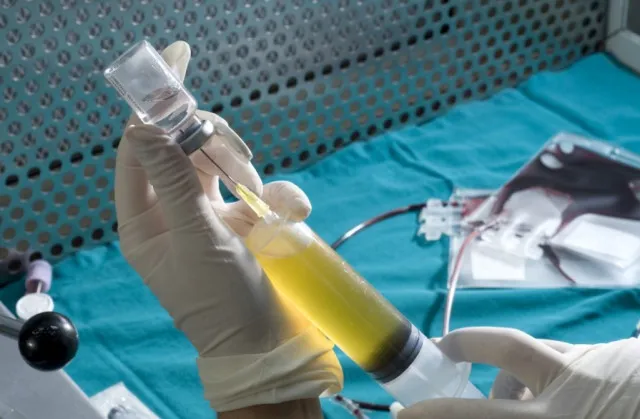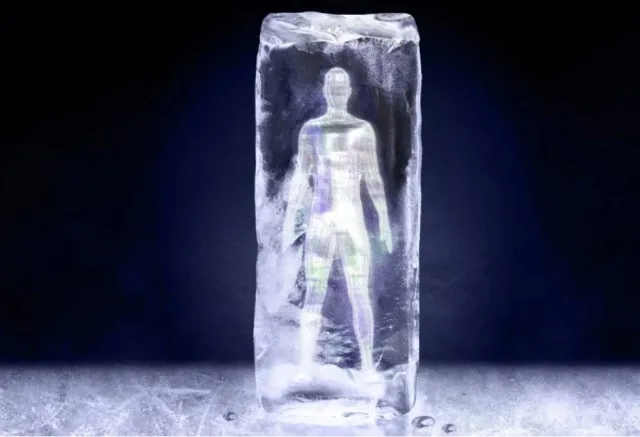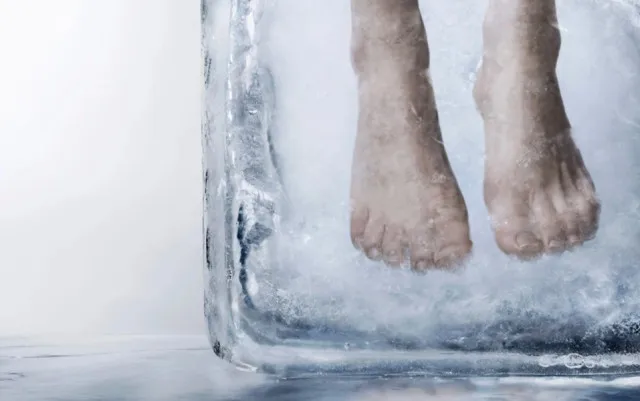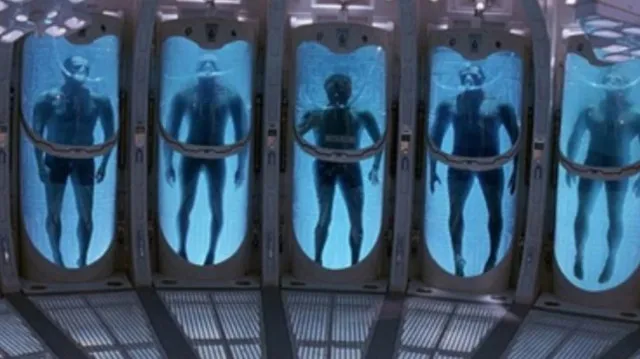People are discovering the unsettling fate of individuals whose bodies were cryogenically frozen, hoping to be revived in the future.
Many people fear death and dream of living again in the future.
This hope has led some to choose cryonics, a process where bodies are frozen after death in the hope of being revived later.
While this sounds like something from a science fiction movie, it has been a real practice since the late 1960s.

The process of cryonics
Cryonics involves cooling a body to very low temperatures using liquid nitrogen.
The process begins only after a person is declared clinically and legally dead.
To prevent ice from forming inside the cells, cryoprotectants are used.
These substances help protect the organs and tissues during the freezing process.

Once prepared, the body is placed in a storage capsule and kept at extremely low temperatures.
Despite the allure of potentially coming back to life, no one has ever been successfully revived after being frozen.
This raises many questions about the effectiveness of cryonics.
What would happen to those who had their bodies cryogenically frozen for revival?
One of the first operations dedicated to cryonics was led by Robert Nelson in California.
He experimented with different methods, initially using dry ice before switching to liquid nitrogen.

Although he had only one capsule, he managed to store several patients in it.
One of the biggest challenges in cryonics is funding.
Since the individuals are deceased, payments for storage will eventually stop coming.
When Nelson could no longer receive funds from families, the bodies he preserved were thawed out.
Unfortunately, this has happened to many cryonics patients over the years.

Equipment failures have also led to improper preservation, resulting in thawed bodies that could not be revived.
As of now, only one body from before 1973 is still preserved: that of Dr. James Bedford, who was frozen in 1967 at the age of 73.
This fact highlights the high failure rate of early cryonics attempts.
Many people who learned about these failures expressed shock and horror at the fate of those who had chosen this method.
Despite the heavy skepticism surrounding cryonics, some individuals still sign up for the procedure.

In May, a man in Australia became the first person in the country to have his body cryogenically frozen, spending about $112,000 for the chance at future revival.
His decision shows that hope and curiosity about the future continue to drive people to consider cryonics, even when the science behind it remains questionable.
Social media reactions
People in the online community shared their thoughts, with some noting the absurdity of spending large amounts of money on a process that has not proven to work.
Others mentioned that while it may seem like a waste, people often take risks in other areas of life, like playing the lottery.
The freezing process destroys tissue I’m afraid; it’s a one-way trip, one user said.
Can’t outrun Father Time! Never will be able to…. Don’t take life so seriously, you’ll never get out alive! The second user commented.
When they get out. Inflation will be so bad and so many things will change they’ll just be regular people with regular income trying to find a job, the third user said.
Imagine blowing all your savings on this, just to be treated like chicken breast with freezer burn…, another wrote.